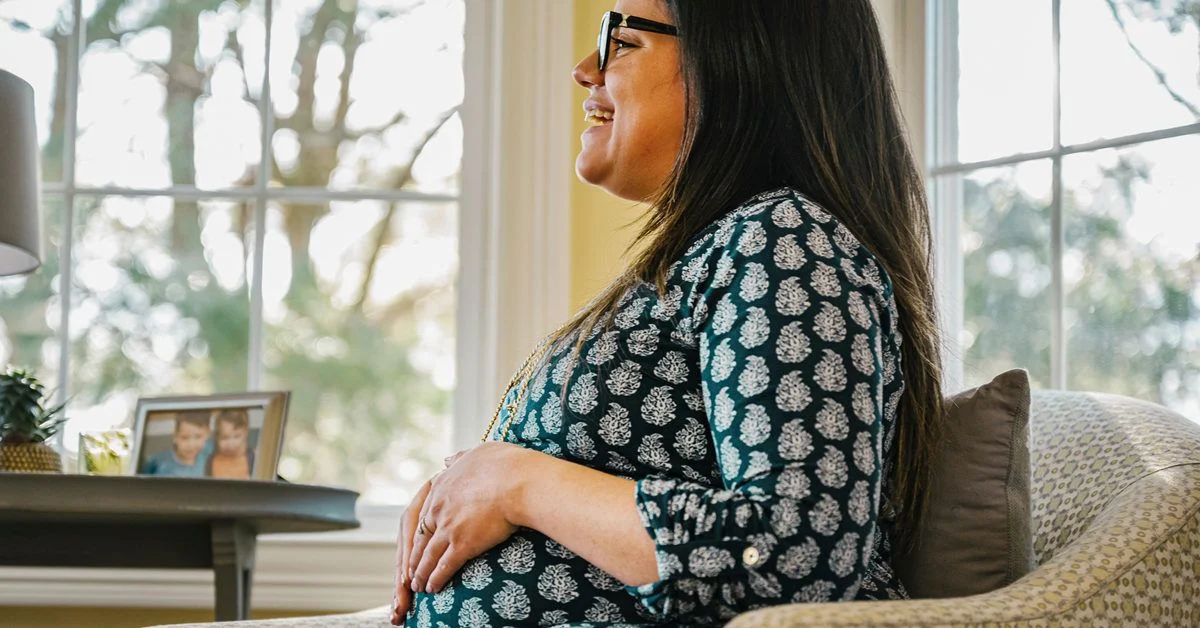Your cart is currently empty!
Let’s Chat About Sex Ed
So, here we are, still grappling with the topic of sex education, which has been a hot-button issue for ages. Back in 1991, Salt-N-Pepa had it right when they urged us to talk about sex, but fast forward to today, and it seems like we’re still struggling to get the message across.
The debate around sex ed is as heated as ever, especially concerning what should be taught, why it matters, and how it’s delivered in our schools. Recent stories, like the Texas high school experiencing a chlamydia outbreak while lacking proper sex-ed classes, highlight the urgent need for change. Or take the case of a Michigan professor who live-tweeted her son’s sex-ed class, shedding light on the varying approaches to this crucial topic.
The Abstinence Education Debate
At the heart of the matter often lies the question of abstinence education. Is it really effective? Is it the only moral approach? And what exactly are we hoping to achieve?
Let’s break it down. Nineteen states insist that sex ed must promote waiting until marriage to have sex, while the same number covers contraception. Shockingly, only 13 states require that the information provided be medically accurate. Yes, you read that right—only 13 states ensure that sex education is based on facts.
In a thought-provoking op-ed for a popular site, Jessica Reynolds discussed the Texas chlamydia outbreak and criticized the abstinence-only approach prevalent in many schools today, the same approach she experienced herself.
Now, don’t get me wrong—abstinence isn’t a bad message. It’s the only surefire way to prevent pregnancy and STDs. But simply telling kids to wait isn’t enough. Jessica emphasizes that what’s missing from sex ed is just as critical as what’s being taught. Many teens, for instance, don’t receive formal sex education until after they’ve had sex. With millions of STDs spreading annually among young people, we can’t afford to stick to a “just say no” mantra.
She argues that abstinence-only education neglects to cover essential topics, like how to communicate with partners about contraception or recognize when they’re ready for sex. We never learned how to navigate situations where partners have different readiness levels, nor did we discuss the awkwardness of insisting on safety measures like condoms.
Both the overly simplistic birth control demonstrations and abstinence-only teachings overlook the real-life complexities of sexual relationships. It’s not just about the mechanics or moral lessons; understanding the dynamics is equally vital.
The Need for Change
The reality is clear: the current methods aren’t effective. Sticking to the same old strategies while insisting they’re the only way forward isn’t going to yield better results. We need to have candid conversations about both the positives and negatives of sexual relationships because that’s how we’ll actually help our kids.
So, if you’re curious about how to approach this topic more holistically, check out more resources like this one on home insemination, or dive into discussions around pregnancy options at leading sites like Make a Mom and Drugs.com.
Conclusion
In summary, we need a more comprehensive approach to sex education that informs and empowers young people, rather than just discouraging them from engaging in sexual activity.
